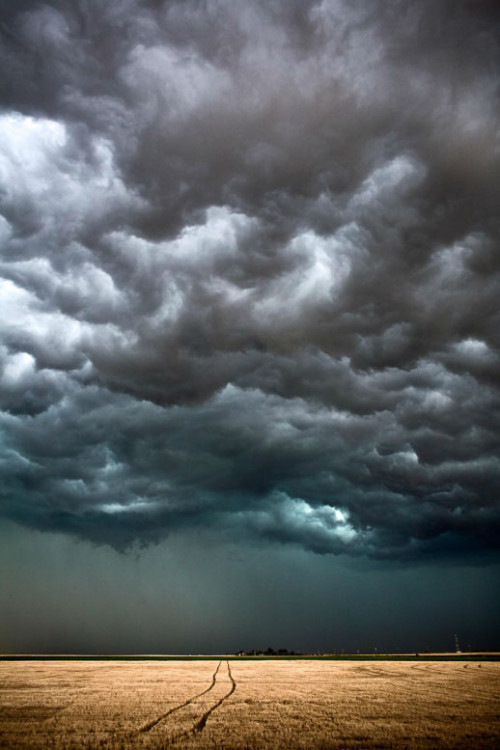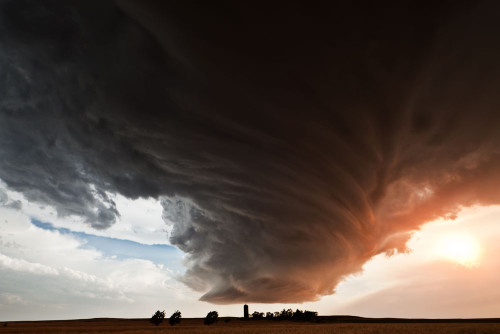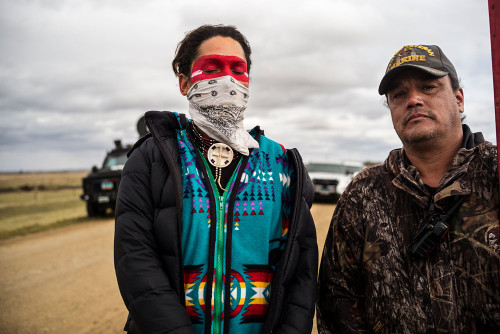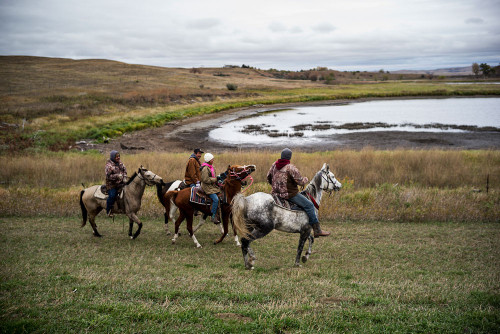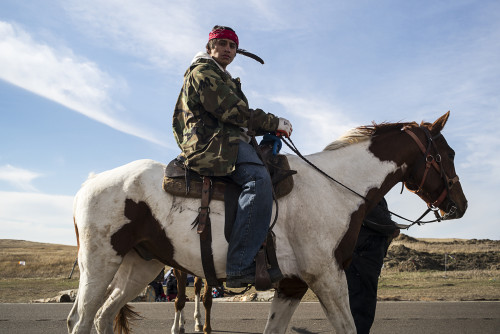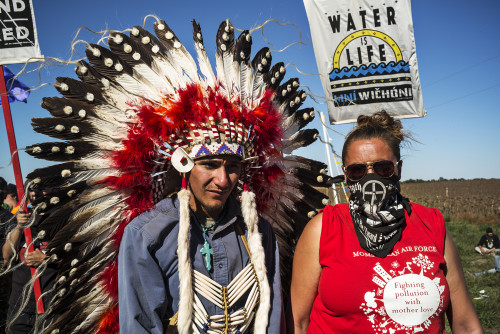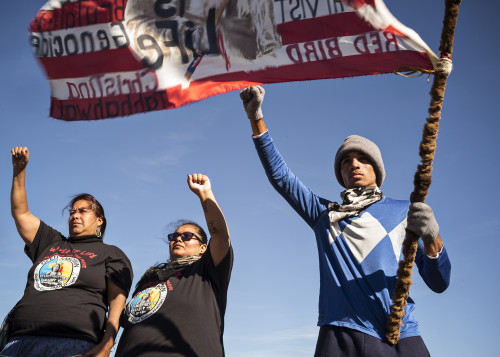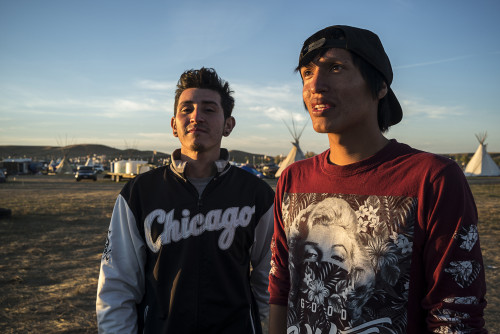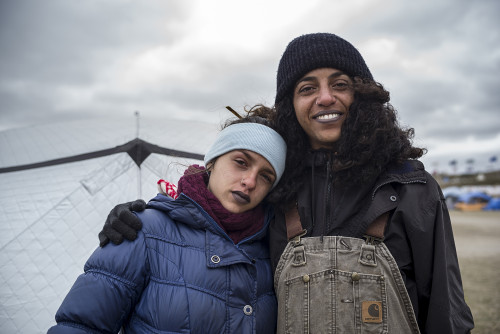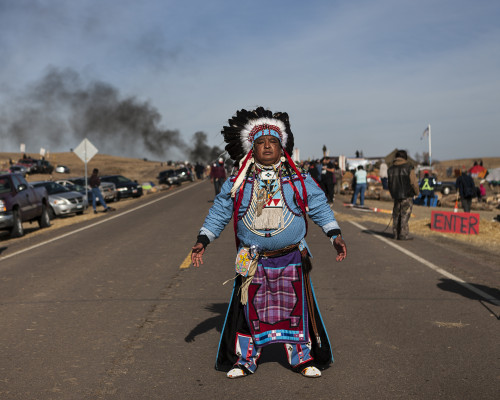Camille Seaman ’92
We Are Still Here
In 2016, photographer Camille Seaman ’92 (photography) embarked on a new project with We Are Still Here/All My Relations—a journey to make portraits of Native Americans across the country; to create a historical record of their strength and resilience in the face of generations of adversity.
“I make a portrait as a message to the future — as a statement about who my subjects are in this moment. I ask, just before I press the shutter: ‘What, through this image, would you like your descendants to know about you, your life — your experience?’ With this question, something happens: a gravitas, a moment worthy of recording,” she writes.
The project proved to be far more arduous than she anticipated for many reasons. She’s pulled back from the project.
Standing Up at Standing Rock
As she concluded her travel through Montana and South Dakota, she found herself drawn to the protests to block the Dakota Access Pipeline at the Standing Rock Sioux Reservation in North Dakota. As both a photographer and a Native American—she’s a member of the Shinnecock nation—she found herself compelled to document this moment in history, “a gathering of the tribes that hasn’t been seen in over 100 years,” she writes.
She spent a month in September 2016 at the Oceti Sakowin Camp; the resulting body of work puts a human face on those who defended their land, their water source, and the environment for all.
Read more about her experience here.
Seaman has gained widespread recognition for her photographs of the environment—of icebergs at the ends of the Earth and super storm cells in the U.S. Midwest’s Tornado Alley.
She was both a TED fellow in 2011 and a TED senior fellow in 2013. (TED is a renowned nonprofit organization whose mission is to spread the ideas of “the world’s most inspired thinkers.”) Seaman was awarded a prestigious John S. Knight Journalism Fellowship at Stanford University for 2013–14.
First Call to Action
Amazingly, Seaman didn’t start taking pictures seriously, with intent, until she was 32 years old.
She answered an internal call to action which she describes as an overwhelming feeling inside her akin to turning on a light switch. Without any real plan in mind, she decided to document her experience on Earth. She began making pictures during tourist trips on icebreaker ships in the Arctic, and photographed her first iceberg near Antarctica in 2003.
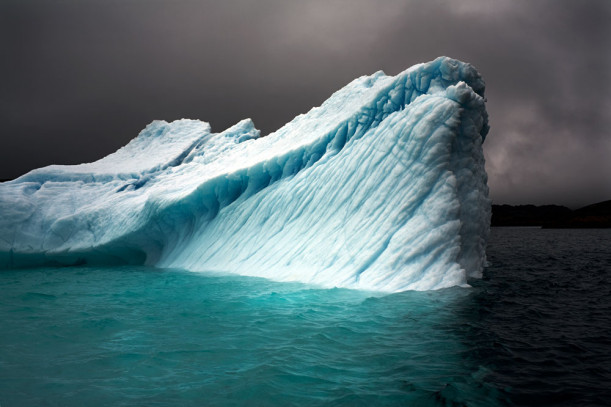
Purchase Beginnings
Recalling her time at Purchase in class with the late Jan Groover, a renowned photographer, Seaman explains, “I sat in her class and didn’t understand a word of what she was trying to communicate about photography. And I swear it wasn’t until ten years later that one day it hit me: ‘That’s what that was!’” She laughs, grateful that she stuck it out.
She also credits John Cohen, professor emeritus of visual arts, with teaching her social responsibility—how it’s a gift if people allow you to photograph them. She paraphrases, “They’re giving you something. Don’t feel that you have the right to take anything.” To this day, she never speaks of “taking” or “shooting,” preferring instead the expression “making” pictures or photographs.
Both Fine Art and Photojournalism
At first, magazine editors considered her work fine art and referred her to galleries, yet gallery directors felt it was too photojournalistic. Unwilling to compromise, she vowed to remain true to herself and continued to make pictures her way.
It wasn’t long before both the magazines and the galleries started to call her. Demand for her work exploded in 2007 once the United Nations declared climate change to be real. Unwittingly and in breathtaking fashion, she had created archival images against which an iceberg’s demise could be compared.
She then moved on to storm-chasing in the Midwest, documenting super cells in formation with awe-inspiring results. “The storms are part of our landscape, and as harsh as this might seem, I want people to understand that we’re really blessed; we wouldn’t have the fertile Great Plains without these storms. There’s beauty in this. There’s something much bigger happening and we’re part of it.”
Pulled to Magnetic North
In November, she returned to the Antarctic Peninsula to document further the melting ice cap, this time with a video camera. With anticipation that the new administration might be less sympathetic to the climate change argument, Seaman hopes to keep the issue at the forefront in the way she knows best. She writes,
“Art is one of the most positive reaffirming things we can do in the face of adversity.”
Portions of this story were edited from an earlier version which appeared in the Fall/Winter 2013 issue of PURCHASE magazine.
